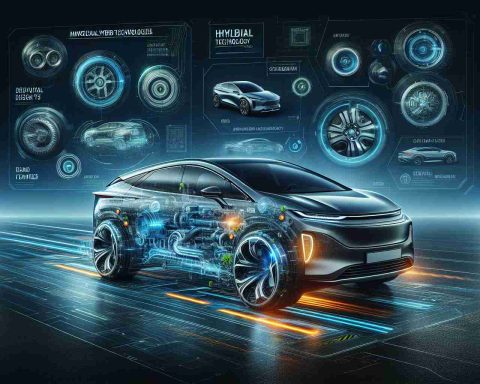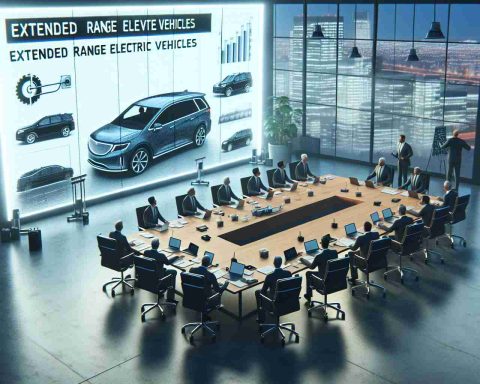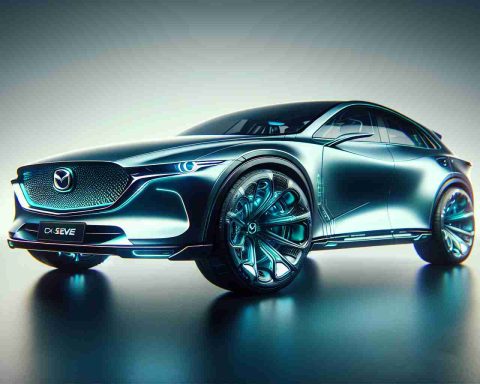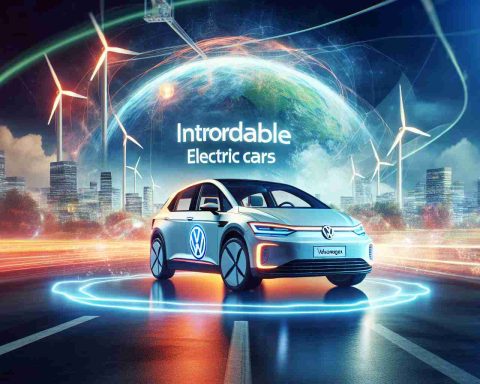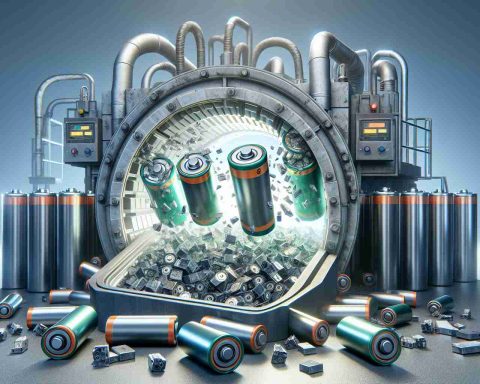- Profile risk is a significant challenge for scaling renewable energy solutions such as solar and wind.
- Pay-as-Produced Power Purchase Agreements (PaP PPAs) offer a method for industries to manage cash flow amidst rising profile risks.
- Baseload PPAs (BL PPAs) were intended to stabilize revenues but often led to unexpected volatility for renewable producers.
- Flexible energy solutions and energy storage technology are essential for mitigating profile risks.
- Diverse portfolios of controllable resources empower companies to develop reliable PaP PPAs.
- Innovative financial models that redistribute risk are key to advancing the renewable energy transition in Europe.
As the world rapidly transitions towards renewable energy, a critical obstacle looms—profile risk. This complex issue emerges as solar and wind power scale up, demanding innovative solutions that go beyond traditional financing frameworks.
In the past, government subsidies boosted initial investments in renewables, but as these projects thrived, a shift was necessary. Enter Pay-as-Produced Power Purchase Agreements (PaP PPAs), a lifeline allowing heavy industries and data centers to ensure cash flow while taking on some of the financial burden. However, as reliance on these PPAs grew, industries struggled with the excessive profile risks they inadvertently absorbed.
Next came Baseload PPAs (BL PPAs), which aimed to stabilize revenue streams by shifting profile risk back to renewable energy producers. Unfortunately, these agreements turned out to be more volatile than anticipated, leaving many wind farms in financial turmoil.
But here lies the silver lining: flexibility and energy storage are changing the game! By harnessing the power of controllable resources, the energy sector can capitalize on renewables, even during unpredictable weather shifts. Companies with a diverse portfolio of flexible assets now have the chance to create reliable PaP PPAs, minimizing exposure to profile risks.
This innovative approach not only strengthens the bond between renewable parks and industries but also ensures that Europe remains at the forefront of the energy transition. By embracing new financial models that redistribute risk, the path to an electrified society becomes clearer than ever.
The future of renewable energy is bright—are you ready to be part of it?
Unlocking the Future of Renewable Energy: How to Overcome Profile Risks!
The Challenge of Profile Risk in Renewable Energy
As the world pivots to renewable energy, profile risk emerges as a significant challenge affecting the scalability of solar and wind projects. This multifaceted issue arises when conventional financial tools become inadequate in managing the inherent unpredictability of renewable resources.
Innovations Addressing Profile Risk
One of the most promising developments in this space is the emergence of new financial models that leverage flexibility and energy storage solutions. Companies are now able to utilize demand response programs and battery storage technologies to provide a buffer against the intermittent nature of renewable energy supply. By integrating these innovations, stakeholders can enhance the predictability and reliability of their energy offerings.
Key New Features in Modern Energy Solutions
1. Demand Response Programs: These programs allow consumers to adjust their energy usage based on real-time pricing and availability, leading to efficient energy consumption patterns and minimizing waste.
2. Advanced Energy Storage Systems: Technologies like lithium-ion batteries and pumped hydro storage enable the capture of excess energy for use during peak demand times, effectively smoothing out supply fluctuations.
3. Hybrid Systems: Combining different energy sources (e.g., solar, wind, and traditional sources) helps mitigate volatility in energy supply and demand.
Market Trends and Insights
The renewable energy sector is witnessing a surge in energy storage installations, expected to reach a market size of $20 billion by 2025. Innovation in battery technologies and decreasing costs are driving this growth.
Security Aspects
Incorporating smart grid technologies into energy networks enhances security against cyber threats, providing real-time monitoring and responsiveness to maintain energy flow and reliability.
Sustainability Implications
The shift to flexible PPAs and energy storage solutions supports sustainability goals by maximizing the potential of renewable energy sources, thus reducing greenhouse gas emissions and enhancing environmental resilience.
Predictions for the Future
As profile risks are addressed through technological advancements and smarter financial frameworks, the transition to an electrified society appears not just feasible but also sustainable. By 2030, we can anticipate a dramatic reduction in reliance on fossil fuels, leading to significant transformations in energy consumption patterns globally.
Frequently Asked Questions
1. What are Pay-as-Produced Power Purchase Agreements (PaP PPAs)?
PaP PPAs are agreements where consumers pay for the energy produced rather than committing to a fixed purchase quantity. This model allows heavy industries to manage cash flows flexibly while addressing profile risks.
2. How do energy storage systems help with profile risk?
Energy storage systems absorb excess renewable electricity and release it when demand exceeds supply, which helps balance energy supply and demand and stabilizes revenue streams for energy producers.
3. What role does flexibility play in managing renewable energy risks?
Flexibility is crucial as it allows energy producers to adapt to shifting demand and unpredictable supply from renewable sources, thus minimizing financial risks associated with profile risks.
For more information about renewable energy innovations, visit renewableenergyworld.com.

